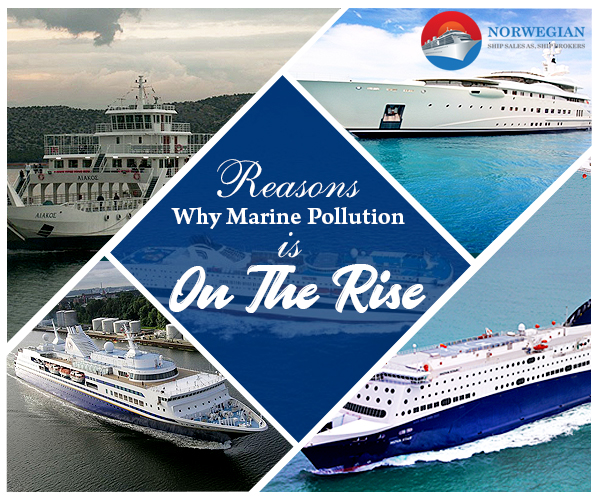There’s no denying the fact that cruise ships offer some of the finest luxuries that tempt us to experience them at least one in our lifetime. It is also true that the pollution generated by cruise ships every year is considerably higher than the world’s most polluted cities. Cruise ships form only a fraction of the shipping industry yet the fuel that these liners use are more than what we would imagine entire towns to burn.
Cruise ships indeed leave behind more than a fantastic string of memories and experiences. Trails of dense smoke, waste and a rapidly deteriorating atmosphere are also the results of these massive vessels that glide gracefully through the very waters that they are wrecking.
It has been observed that around 210,000 gallons of harmful chemical waste are produced in a single week that arise from laundry, kitchens and wash-rooms from inside the cruise. The marine ecosystem, one of the richest on Earth is being highly depleted due to the toxic emissions from the cruise liners. Passengers who are likely to travel on board cruise liners and want to escape the polluted air of the cities are ironically contributing to the same pollution that are caused by these expensive travels. With around two million people travelling every year from the UK itself, holidaying on these high speed ferries have indeed become one of the most popular methods to spend an idle vacation.
Here is a list of ways in which this luxurious phenomenon called the cruise is responsible for depleting some of the most valuable resources that the Earth has to offer:
Noise Pollution
A luxurious ship’s amenities include entertainment of the highest scale. Blaring speakers, sound systems that generate loud music, orchestra, plays and much more add to the overall sound produced from inside the ships. Not to mention, the whirring of the engines and other mechanical parts that help the ship function. The harmful sounds that are emitted cause fatal damage to the oceanic life leading to huge environmental losses.
Sewage Pollution
The sewage pollution is perhaps one that with caution can be avoided at all costs. Thousands of gallons of sewage are unceremoniously dumped into the sea waters every week instead of adopting methods to recycle. The extremely toxic algae and bacteria that are present in the sewage collected from the sanitation and health facilities from within the ships react with the sea water, harming the marine life fatally.
Bilge Oil Pollution
Oil Pollution not only harms the marine life and ecosystem but the pollution most often caused by leaks from malfunctioning engines are reasons for many an accidents and other untoward instances. Ships that do not implement proper regulations regarding repairs are more prone to produce oil leaks. Oil, being one of the most non-degradable products, eventually harm marine creatures and plants making them the most susceptible to hazardous effects.
Greywater Pollution
The dirty water produced from the activities inside kitchens, baths, swimming pools are all categorised under Greywater, so called because of its murky nature and consistency. Greywater also consists of harmful chemicals and tiny metals that often ship away from the surface of the ships. It has been estimated that millions of litres of greywater gets yielded by ships daily, adding to the pollution and thus killing numerous organisms.
Norwegian Ship Broking companies maintain a complete inventory of ships old and new, keeping track of the those that are equipped with energy and fuel saving mechanisms.
A lot of groundwork has been laid down to maintain a greener method of cruising for the grim scenario to see a drastic change. Though a newer and improved mode of shipping that help preserve one of the most breathtaking ecosystems is indeed taking form, substantial results are yet to be witnessed.


